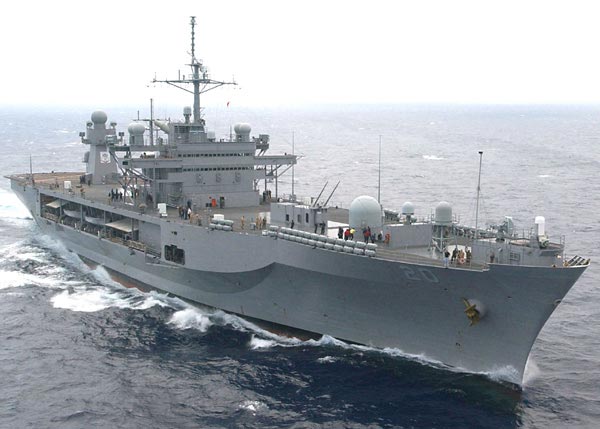Review of Buoyant Force and Flotation
We know from the previous experiment that a floating object must have a density less than that of water in order for buoyant forces to be greater than the object’s weight. However, we also know that things like ships float even though they are made with steel, which is much denser than water. Why is this? (Ask the class and note responses)
This is because the boat creates a large volume that displaces more water than it would as a solid steel object. In other words, the steel used to make the ship has the same mass, but by making it into the hull of a ship, the total volume of the shape.
Thus the total “density” of the ship becomes less than water. This can also be thought of as an average density of all the materials in the boat, including the air within it, which makes the boat’s average density much lower than if compacted all together
into a solid object.
Now, if we can think of floating objects as having an average density less than the density of water, then how might a ship predict how much cargo it can carry? If we were to calculate the total volume of the boat that can go below the waterline (the hull of the boat), we can then calculate the mass and weight of water that is displaced by the boat. Then, by taking the difference in the weight of water that the boat can displace and the actual weight of the ship, we can calculate the weight that the boat can carry.
Most boats and ships will use a factor of safety to allow for safe operation even when fully loaded. Engineers will set a maximum capacity that will still render the boat’s density significantly lower than that of water to allow for safe travel even in rough conditions.
| On to page 7! |